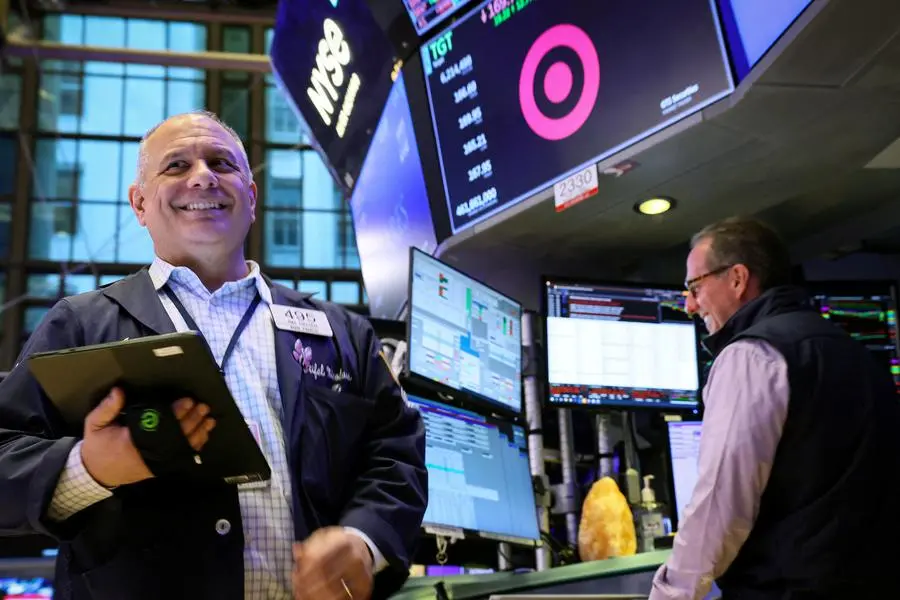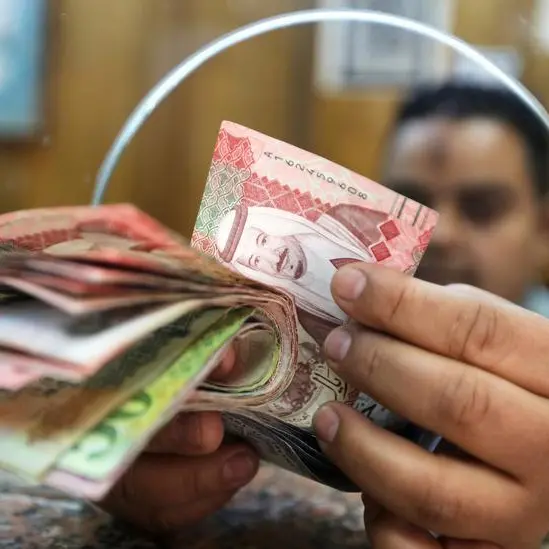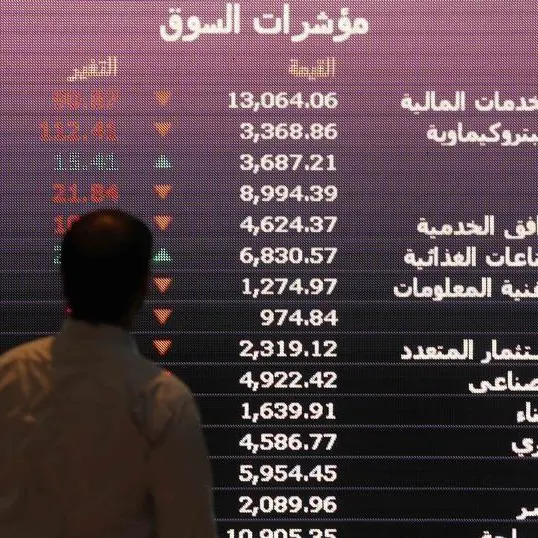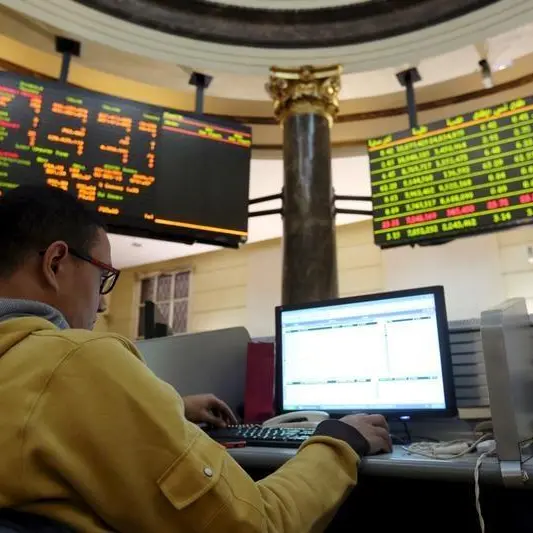PHOTO
LONDON/SYDNEY - World shares firmed on Monday as Chinese data beat expectations, while investors looked to navigate a minefield of central bank meetings this week that could see the end of free money in Japan and a slower glide path for U.S. rate cuts.
European stocks ticked up 0.1% at the open, rising in parallel with MSCI's broadest index of stocks , which was up 0.2% by 0810 GMT.
China reported industrial output climbed an annual 7% over January and February, while retail sales rose 5.5% on a year earlier. But real estate remained a worry as property investment fell 9% on the year, underlining the case for further policy support.
Japan's Nikkei closed up 2.7%, while Shanghai's blue chip index finished up about 1%.
Central banks in the United States, Japan, UK, Switzerland, Norway, Australia, Indonesia, Taiwan, Turkey, Brazil and Mexico all meet this week and, while many are expected to hold steady, there is plenty of scope for surprises.
Tuesday could see Japan end the longest run of negative interest rates in history, after its companies decided on the biggest pay hikes in 33 years.
There is a chance the Bank of Japan might wait for its April meeting, given it will be issuing updated economic forecasts then.
"For Japan, a measured and gradual path of policy normalisation appears appropriate for an economy unaccustomed to higher rates and thus the policy messaging will be critical," said Carl Ang, a fixed income analyst at MFS Investment Management.
Markets also assume the BOJ will hike at a snail's pace and have a rate of 0.27% priced in by December, compared with the current -0.1%.
The central bank on Monday said it would conduct an unscheduled operation to buy bonds, presumably to head off any significant rise in yields and avoid market volatility.
That might have added to headwinds pushing the yen lower last week, with the dollar up at 149.12 yen. The euro stood at $1.0894 by 0841 GMT, having eased 0.5% last week and away from a top of $1.0963.
S&P 500 futures added 0.3% and Nasdaq futures 0.6%, with tension building ahead of the Federal Reserve policy meeting on Tuesday and Wednesday.
COUNTING THE DOTS
The Fed is considered certain to keep rates at 5.25-5.5%, but there is a possibility it might signal a higher-for-longer outlook on policy, given the stickiness of inflation at both consumer and producer levels.
"Recent U.S. data indicate gradual steps towards increasing inflation risks," Dana Malas, a strategist at SEB Bank, said in a note.
"That the road to 2% would be straight is wishful thinking; setbacks are inevitable. Disinflationary forces are still stronger than inflationary pressures," she said.
The Fed is also expected this week to start talking about how it might slow the pace of its bond sales, perhaps halving it to $30 billion a month.
Bonds could do with the support given the damage done by a run of uncomfortably high inflation readings. Two-year Treasury yields are up at 4.71%, having climbed 24 basis points last week, while 10-year yields stood at 4.306%.
The probability of a rate cut as early as June has dropped to 56%, from 75% a week earlier, and the market has only 72 basis points of easing priced in for 2024 compared to more than 140 basis points a month ago.
The Bank of England meets on Thursday and is expected to keep rates at 5.25% as wage growth cools, while markets see some chance the Swiss National Bank might ease this week.
The ascent in the dollar and yields took some shine off gold, which eased to $2,152.59 an ounce, having fallen 1% last week and away from all-time highs.
Oil prices have had a better run after the International Energy Agency raised its view on 2024 oil demand, while the supply outlook was clouded by Ukrainian strikes on Russian oil refineries.
Brent added 63 cents to $85.97 a barrel, while U.S. crude rose 70 cents to $81.74 per barrel.
(Reporting by Nell Mackenzie and Wayne Cole; Editing by Sam Holmes, Kim Coghill and Susan Fenton)












